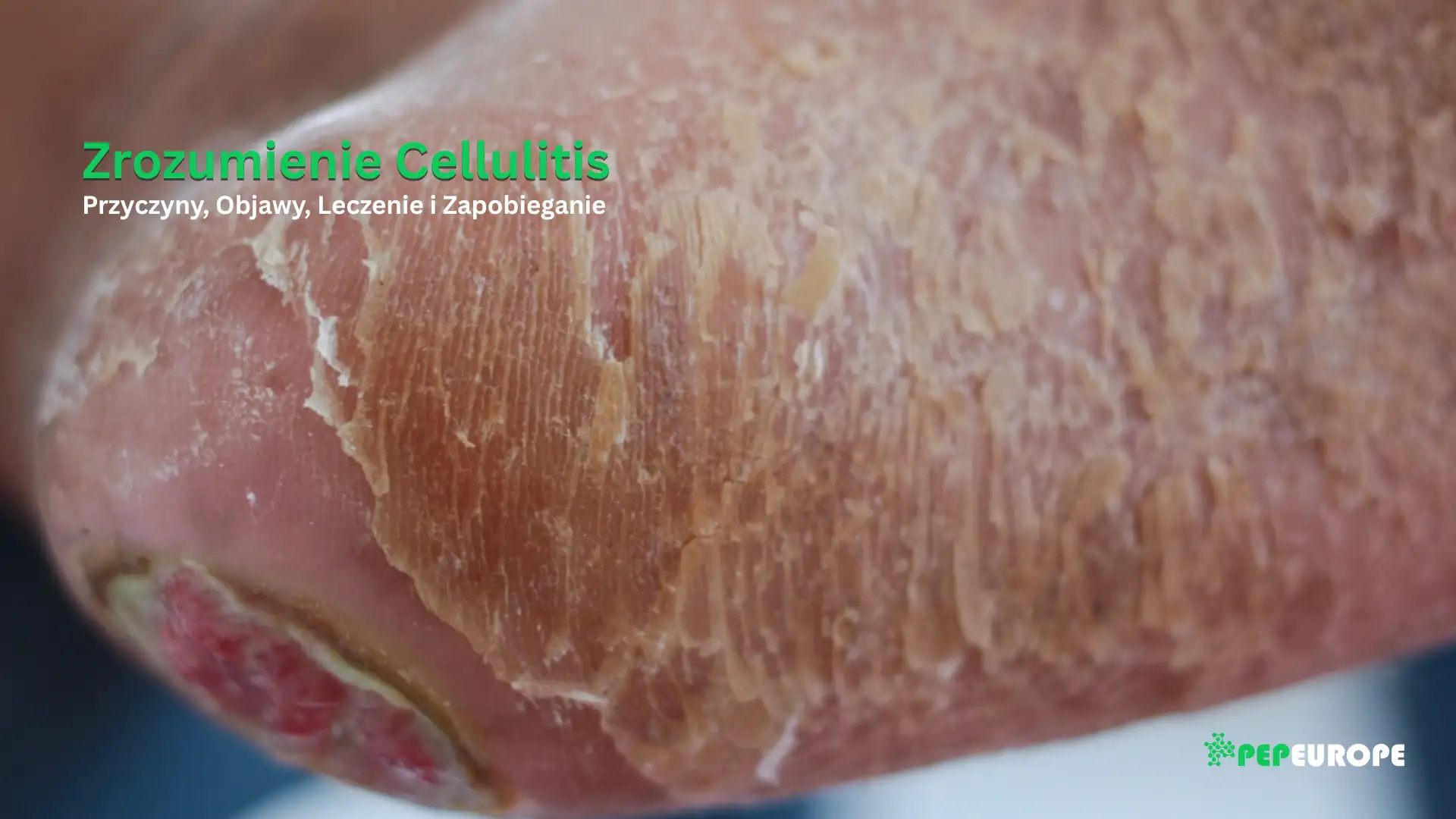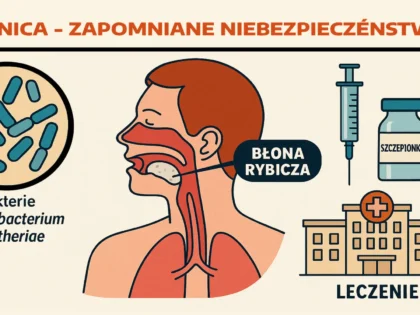Understanding Cellulitis: Causes, Symptoms, Treatments and Prevention
-
PepEurope
- Posted on
- 0 comments

Cellulitis is a common but potentially serious bacterial skin infection that affects the deeper layers of the skin, especially the dermis and subcutaneous tissues. Although it most commonly occurs in the legs, it can affect any part of the body. If left untreated, it can lead to serious complications, so it is important to recognize the symptoms and see a doctor promptly.
What is Cellulitis?
Cellulite occurs when bacteria, most commonly Staphylococcus and Streptococcus, enter the skin through damage such as a cut, insect bite, or surgical wound. Once inside the body, the bacteria begin to multiply, causing inflammation, redness, swelling, and pain. In more serious cases, the infection can spread to muscles or even into the bloodstream, leading to life-threatening conditions such as sepsis.What causes cellulitis?
The bacteria responsible usually live on the surface of the skin without causing harm. However, when the skin is damaged, such as through cracks in the skin, ulcers from diabetes, recent surgery or even minor scratches, the bacteria can enter the body and cause an infection. Certain people are more likely to develop cellulitis. Risk factors include diabetes, a weakened immune system, peripheral vascular disease, and a history of fungal foot infections. Additionally, people taking corticosteroids or immunosuppressants, as well as those with circulation problems, are at greater risk.How to recognize symptoms?
Cellulitis often begins suddenly and progresses rapidly within the first 24 hours. It usually presents with local symptoms such as redness, swelling, pain, and a tight, shiny skin surface. The infected skin may feel warm to the touch, and movement of joints in the inflamed area may become difficult due to swelling. As the infection spreads, general symptoms such as fever, chills, fatigue, nausea, and vomiting may appear. In some cases, red streaks may occur, indicating the spread of bacteria through the lymphatic system. If you notice any of these symptoms, especially if they get worse quickly, contact your doctor.Diagnosis and Medical Evaluation
Typically, diagnosis is based on a physical examination. Doctors often mark the borders of the redness to monitor whether the infection is spreading. Additional tests, such as blood cultures, wound cultures, a complete blood count (CBC), or even a skin biopsy, may be performed if the diagnosis is unclear or if complications are suspected.Treatment Options
The main treatment is antibiotics, usually taken by mouth for 7 to 10 days. In cases where the infection is severe or does not respond to oral treatment, hospitalization and intravenous (IV) antibiotics may be necessary. Painkillers can help relieve pain during treatment. At home, keep the infected limb elevated above the level of the heart to reduce swelling and promote healing. Rest is also important, especially at the beginning of treatment. Hospitalization may be necessary if a high fever, vomiting occurs, or if the infection spreads despite antibiotic treatment. People with weakened immune systems, such as those undergoing cancer treatment or living with HIV, are particularly at risk of complications and may require close monitoring.Possible Complications
If cellulitis is left untreated or unresponsive to treatment, it can lead to serious health complications. These include sepsis (blood poisoning), inflammation of the bones (osteomyelitis), inflammation of the lymphatic vessels, and in rare cases, inflammation of the meninges. Tissue necrosis (gangrene) and shock are also potential consequences of advanced infection.How to Prevent Cellulitis
Preventing cellulitis involves keeping your skin clean and taking prompt care of any skin damage. Keeping your skin moisturized helps prevent cracks, especially around your feet and hands. Wearing well-fitting shoes, using protective gear during activity, and carefully trimming your nails can also reduce your risk. If a cut or scrape occurs, wash the wound with soap and water, apply petroleum jelly, and cover with a clean bandage. Monitor wounds for early signs of infection, such as redness, pain, or swelling. Early intervention can greatly reduce the risk of complications. Strengthen your immune system!Summary
Cellulitis is not just a minor skin infection, it is a serious condition that requires attention. Although it is curable in most cases with appropriate antibiotic treatment, ignoring the symptoms or delaying treatment can lead to serious and even life-threatening consequences. Understanding the causes, recognizing early symptoms, and taking preventative measures will help protect yourself and your loved ones from this painful and potentially dangerous infection.
“CARGITIRZ 5mg NEW” has been added to your basket. View basket
-25%
-30%
-32%
€769.37 Original price was: €769.37.€519.74Current price is: €519.74.
MONTHLY SET NAD + -> Energy and Vitality Boost
-5%
-7%
-19%
-8%
-9%
antibioticscellulitisCellulitis risk factorsdiagnosis of cellulitisbacterial infectionbacterial skin infectionskin infectionCellulitis complicationscellulitis treatmenttreatment of skin infectionssymptoms of cellulitisHealthcareWound careskin carehealth advicecauses of cellulitiscellulite preventioninfection preventionsepsis preventionskin health



















